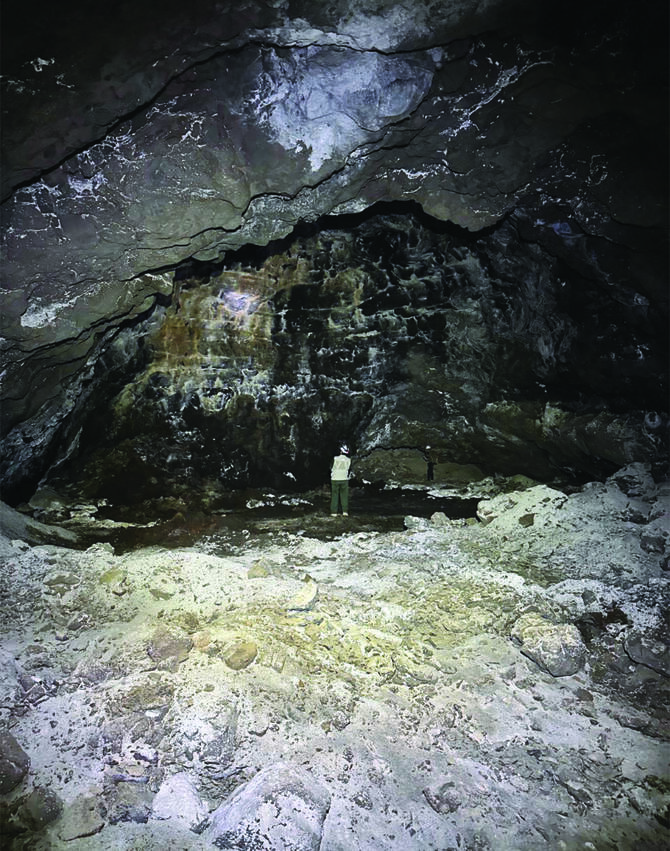
- ARAB NEWS
- 14 Aug 2025

MAKKAH: Saudi Arabia is home to a vast network of caves and geological cavities formed over millions of years. The sites provide dramatic natural formations and rich stories about the region’s history.
With their adventure appeal, scientific value, and environmental diversity, these underground wonders are emerging as a promising tourism frontier, in line with Saudi Vision 2030.
In an interview with Arab News, cave researcher and adventurer Hassan Al-Rashidi shared his experiences exploring these hidden landscapes, describing how his passion began in childhood.

He said: “The real starting point came in 2018 when I began filming and uploading videos for some friends, which received great interaction from the public. This encouraged me even more, especially after people from across the Kingdom reached out (by) asking to explore unknown sites.”
Among the many sites he has visited, Al-Rashidi enthuses over Abu Al-Waul Cave in Madinah’s Khaybar Governorate, east of Al-Thamad village, as the most remarkable for depth and natural formations.
It lies in the middle of Harrat Khaybar and is surrounded by other notable caves such as Maker Al-Shaiheen, Umm Jersan, Abu Jamajem, and Al-Sibaa Cave.
Abu Al-Waul is the longest cave discovered in the Kingdom so far, stretching 5 km, and is still being studied, Al-Rashidi said.

The interiors of caves vary, with stalactites and stalagmites creating unique and stunning visuals.
Wildlife sightings are common, and Al-Rashidi said: “We have observed animals such as foxes, hyenas, and wolves, which use caves as a safe shelter during the day, coming out at night to hunt and bring food for their young.”
He added that cave exploration required careful preparation, from modern distance-measuring devices, and ropes and supports for slippery areas, to food, water, first aid kits, sturdy footwear, helmets, and lighting with spare batteries.

Al-Rashidi added that volcanic caves form when the outer layer of lava cools while the inner part remains molten and flows onward, while calcareous sandstone caves date back millions of years and are formed from compacted sand layers shaped by rainfall and other climatic factors.
Cave exploration carries risks such as possible collapses, which may be avoided by steering clear of unstable zones and exiting immediately if danger is detected.
Some caves in the Kingdom remain closed to the public for safety, or to protect their archaeological value.

Highlighting their cultural and economic potential, Al-Rashidi called caves “a rare geological, tourism, and environmental treasure that must be preserved.”
He believes Saudi Vision 2030 — supported by Crown Prince Mohammed bin Salman — offers the Kingdom a real chance to develop cave tourism as a sustainable economic resource.
He said: “Caves can be an economic resource through tourism and scientific research, as well as by opening employment and educational opportunities, in addition to (being the basis of) national research for the benefit of the nation’s citizens.”

Caves attract a diverse mix of local and international visitors, from thrill-seekers to scientists drawn by the chance to study the Earth’s age, examine rock layers, and observe the creatures within.
Al-Rashidi said that developing the sector will require improved infrastructure and the imposition of strict safety measures, in addition to providing engaging visitor experiences while encouraging strong public awareness of preserving the natural sites.